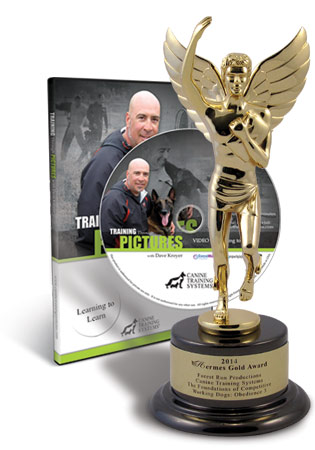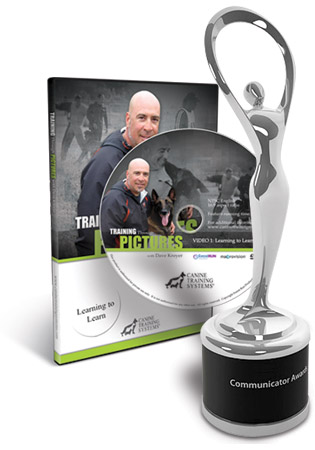Dave Kroyer, nine-time World Championship Team member, is concerned about what he sees in the new generation of dog trainers. Fortunately for the future trainers of the world (and their dogs) he has some advice to offer them.
What the New Generation is Missing
The lack of drive in many sport dogs is especially concerning to Kroyer, who spends a majority of his training on his dogs’ high level of drive and engagement. He believes that these changes have incurred because of the influx over the last eight years of demanding more correctness out of the dog.
Kroyer posits that this increasingly intensified focus on correctness is resulting in “a lot of dull, lackluster training…and they’re missing a whole piece of history of working in drive and animated type of work and showing power in heeling.”
Trainers in the ‘70s, ‘80s and ‘90s were heavily focusing on drive, and not as much on correctness. For Kroyer, learning the correct drive state from these trainers is irreplaceable, and even if Kroyer is trying to make correct training he will never lose sight of the correct drive state. Kroyer does this by implementing what he calls, “play predictability.”
Play predictability begins before working on absolute correctness and the assignment of cues or verbal commands to behaviors. Kroyer describes play predictability as the dog predicting that play (food presentation initially) can and will happen.
Without this essential part of training, dogs are checking out. “They’re trying to get some way to correct behavior before rewarding and playing with the dog, which leads to flat, lackluster type of heeling,” explained Kroyer.
The Importance of Heeling
“Heeling starts with training on the dogs agenda, which means at specific times of the day we’re going to train, …and repeat day after day week after week until the dog recognizes that he’s about to go have fun at that time,” said Kroyer.
This mental preparation then conditions the high level of expectation and play predictability desired. Heeling is also significant in Kroyer’s training method, because he uses it as a default behavior.
“The heeling is going to be taught in between my legs with food in one hand, for an extended time. Once I can go forward, backwards and lateral with the dog between my legs, and that’s for food, then I’m going to incorporate a toy and remove my hand,” said Kroyer.
Since in-between-the-legs is not a heel position, this allows Kroyer to continue to lure the behavior without the negative consequences of extended luring in heeling.
The heel position, against a wall, is a static position for the dog. This should also be fun and rewarding for the dog because it is very detailed work, advised Kroyer. The position is shaped and a high desire to be in the position is critical for dynamic heeling.
When these two behaviors come together, they create the full heeling behavior.
Kroyer has also positioned his heeling as a default behavior because that’s where most people have their dogs fall apart, especially in stressful situations. A default behavior is something that the dog can revert to in a stressful time. If heeling is a position of high reward and drive, when things become challenging this is where he’ll want to be. This is a good thing!
Kroyer describes how strong this behavior is with this example:
“It’s not uncommon that when I walk into my operant chamber, where I have a wall and a mirror set up, and I start heading for the wall that my dogs will normally go and throw themselves up against the wall while I’m still ten feet away.”
This powerful behavior shows that the dogs are engaged and want to be there.
Kroyer’s Advice
“There is something to be gained for the new generation to study the older trainers. The DVD’s in Canine Training Systems product library are important for understanding how to achieve these things. We can all make correct obedience, but the real art is making it correct, in drive and the dog is actually collecting its body and being an active participant in the heeling instead of a follower,” stated Kroyer.
 It's been a busy week. Really. Really. Busy. A new product release is always an exciting time and this week is no exception. Thanks for the incredible feedback on our new DVD release, Training through Pictures with Dave Kroyer- Learning to Learn. We love hearing about the difference a good instructional video makes for a dog-handler team, group instructor or student of higher education. Clarity. Detail. Performance. Results. Yes! It's positive reinforcement (R+) for us and drives us forward. We LOVE what our products do for our customers and we love to hear feedback.
It's been a busy week. Really. Really. Busy. A new product release is always an exciting time and this week is no exception. Thanks for the incredible feedback on our new DVD release, Training through Pictures with Dave Kroyer- Learning to Learn. We love hearing about the difference a good instructional video makes for a dog-handler team, group instructor or student of higher education. Clarity. Detail. Performance. Results. Yes! It's positive reinforcement (R+) for us and drives us forward. We LOVE what our products do for our customers and we love to hear feedback.





